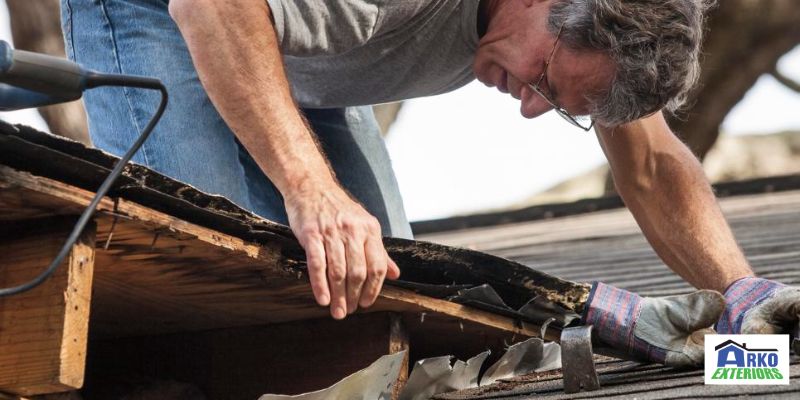When was the last time you checked the condition of your roof? Inspection of the roof entails the actual condition of the roof. Although roofs are sturdy and strong, sometimes they sag or show other symptoms of deterioration over time.
What are some causes of a sagging roof? Here are some…
#1 Damage Caused Due To Water Invasion
Residential roofing experiences a significant amount of water runoff over time, which is why it’s critical to understand how rainwater and snowmelt drain away from your property. Water has a way of discovering the flaws in your roof and seeping in to create water damage. Over time, the stored moisture produces an ideal environment for mold and mildew to thrive, further weakening and sagging your roof.
The structural strength of your roof is dependent on its resistance to water damage. Have you roof checked every three years to look for water damage.
#2 Excessive Weight
Long winters come with snow and ice. Excessive weight on residential roofing might result in structural damage. Most roofs are built to resist the extra weight of winter precipitation. However, if you have a snowy winter, you should evaluate the benefits and drawbacks of eliminating some of the load. You can use a snow rake to remove excess snow or ice from the rooftop. While doing so, you bring down the load from the roof but may end up damaging the shingles or flashing. Analyze the situation and get help from professionals for roof protection from snow and ice.
#3 Inadequate Joints & Rafters
Consider your roof to be a triangle. The ceiling or roof joints are formed by the triangle’s base, while the rafters are the diagonal walls that slant toward the ridge line. Improperly designed roof joints and/or rafters can result in a drooping roof later on.
The weight of your roof is spread down via the rafters, roof joints and walls of your home before pushing down on the ridge line. This design is intended to bear the load on top of your house safely, including the roof, shingles, snow and ice. When residential roofing is not installed properly, it can sag over time and become structurally unsafe.
#4 Age

Your roof won’t last forever, even if the best roofing materials were used and the most expert roofers were used to install it. Even the best materials and installation work may deteriorate over time. Roofs can endure anywhere from 15 to 70 years, depending on the materials used, the form of the roof and the local climate. If the age of the roof is more than 30 years old, a roof replacement rather than a sagging roof repair may be the most cost-effective solution.
Repairing A Sagging Roof

You should first determine the degree of damage to determine if a repair or replacement is more appropriate. While there are various methods for checking for and then jacking up a sagging roof, it’s always best to get a professional to perform your sagging roof inspection so you don’t injure yourself, further damage your roof or misdiagnose a significant roofing problem. They can perform an external inspection of the roof and determine whether the roof is truly sagging or not– they’ll typically examine the rafters closest to where the roof is sagging in the attic with a flashlight. And they’ll inspect any metal or plywood gusset plates.
Summary:
Is your roof sagging and in danger of collapse? If you need a high-quality roof replacement, call Arko Exteriors of Blaine, MN, at 763-434-2756.

